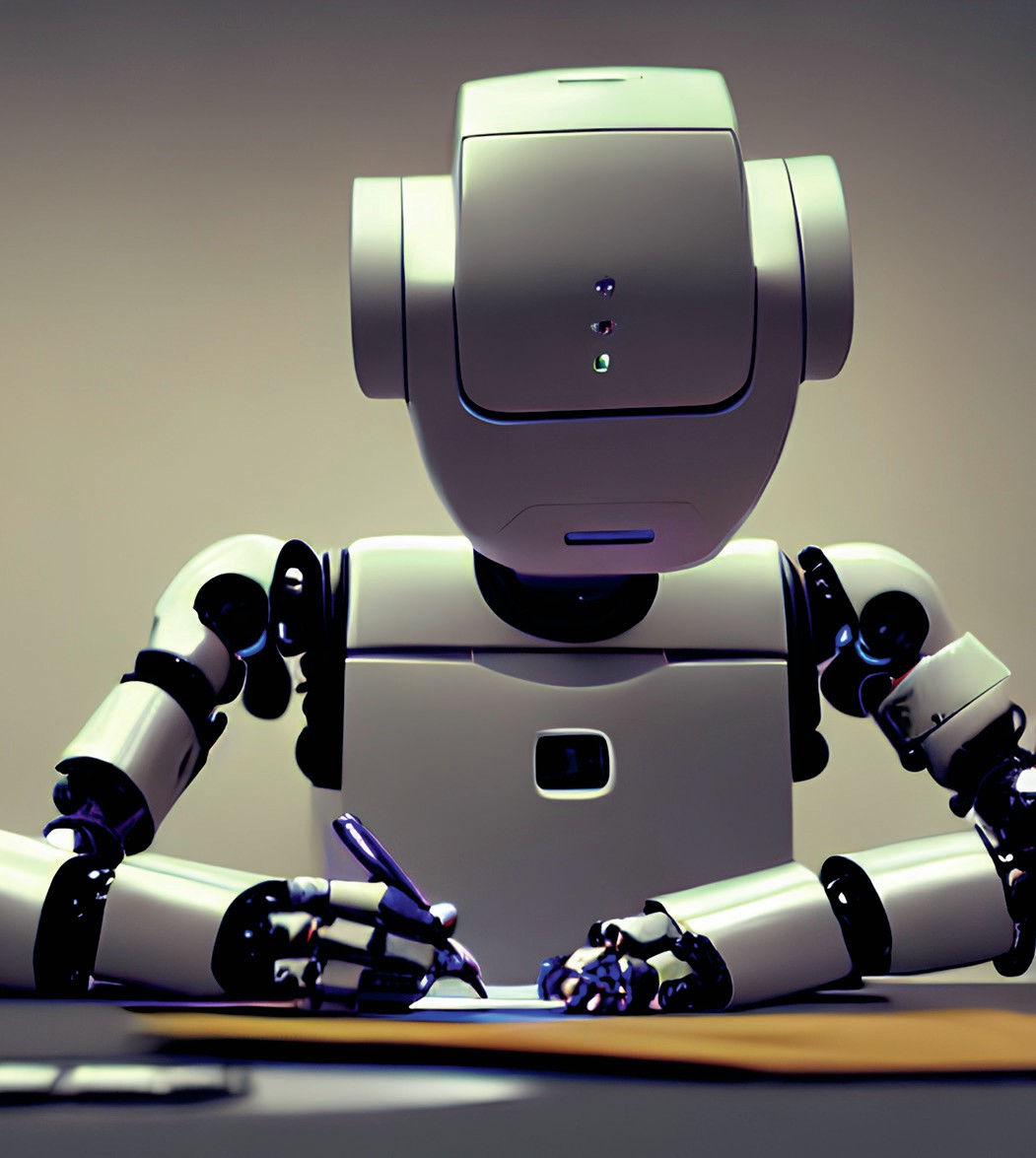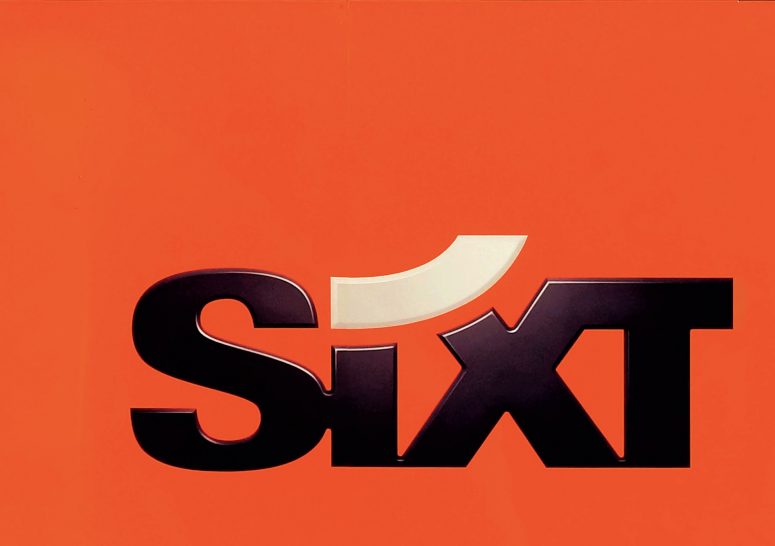The future of chatbots
Phil Waterhouse examines the use of artificial intelligence in ChatGPT and the potential uses of this software

EXAM LINKS
This article is relevant to the following topics in the AQA, Edexcel, OCR and WJEC/Eduqas A-level specifications:
■ innovation
■ change — causes, effects and managing
■ competitive environment
■ meeting the needs of customers
■ sources of finance — Venture capital
■ marketing positioning
■ marketing mix
■ dynamic market
About 20 years ago, in the early days of the internet, there used to be a website called Any Questions Answered. You could put in a question and a team of people would write a reply at some point later that day. A friend of mine used to use it as a bit of fun and asked questions such as, ‘what should I have for my dinner tonight?’ and await the reply. The website had a small following and a small team behind it, but could never really hope to scale up as search engines giants such as Ask Jeeves, Yahoo and Google came to much greater prominence.
However, the world has moved on considerably in the last 2 decades and there now exists a website that is using artificial intelligence (AI) to such an extent that it has the potential to revolutionise the world. You may probably already be aware of ChatGPT, but if you have not heard of it, then you need to read on as it is arguably one of the most important technological breakthroughs of the century.
OpenAI
The software was launched in November 2022 by OpenAI, a company launched only 7 years earlier by Sam Altman and a group of other investors. However, the names and characters that were involved were significant. Three of the most notable were Elon Musk, Peter Thiel and Amazon Web Services. The original mission of the company was to develop the use of AI to further human development. The initial investors put in a collective US$1 billion to help create a chatbot that could potentially end all other chatbots. You are likely to have come across various chatbots — they are increasingly being used by companies such as mobile phone service providers and banks, to allow customers to get answers to their questions, rather than relying on humans to assist. This saves companies staff overheads and reduces costs as well as being more time efficient for customers having to wait on expensive traditional phone help lines. Across all industries, they have been estimated to lead to over US$11 billion in cost savings.
Uses and criticism
The ChatGPT application is interesting in many ways. The main one being that it is not currently being used for commercial gain. The latest version of the software is the third iteration and is known as GPT-3. However, such is the pace of development of the software that newer and more advanced technology is set to replace the existing software. GPT refers to the term ‘generative pre-trained transformer’. This means that the software is constantly learning and improving its responses, much like human beings evolve and develop as they learn more information. It uses a deep learning model that attempts to simulate the behaviour of a human brain.
OpenAI has recruited some of the best AI researchers and developers to create a product that is unlike any other on the market. Any question can be put into the chatbot and within seconds, an answer appears. However, rather than asking about what you should have for dinner, ChatGPT can provide informed responses on pretty much any topic. You might argue that Google and other search engines already do this. The difference with ChatGPT is that rather than having to check the validity of each source or website, the chatbot will simply type out a detailed response to your question in a matter of seconds.
Educational impact
I entered a series of questions from previous exam papers into the software and while ChatGPT’s responses failed to pick up the specifics linked to individual case studies, it produced responses that showed detailed knowledge, analysis and evaluation that would be worthy of a strong A grade if it were to be produced under exam conditions. Therefore, the software is being banned by several educational institutions and many educationalists believe that it is likely to result in the demise of coursework elements of GCSE and A-level subjects. It has also attracted criticism from certain people about the accuracy of some of the answers that it provides. However, the beauty (or not) of the software is that as more questions are asked of it, the better the responses become. Already the quality is at a high level and is only set to improve.
Fundamentally, the ChatGPT is not going to help you within the confines of the 2-hour examination in your school’s sports hall. However, it should be used for your revision and learning. One of the skills that your teachers will be asking of you is to read the question and respond directly to the wording of the question. The chatbot already picks these nuances up and the use of evaluative language is high. This is a very useful tool for students as the higher order skill of evaluation and making a justified judgement is one that can be difficult to master as you move from the more fact-based assessment at GCSE to A-level. Having a well-structured, balanced and justified response within seconds to any particular business essay question is a gift to be treasured.
It is likely to mean that your teachers are far more reluctant to set you longer questions as homework as they know an answer can be generated within seconds and copied across. It does then mean that you are much more likely to have to tackle these essay-style questions in class under exam conditions, which — in my opinion — is a good thing. That, however, will have a knock-on effect in terms of less time for your teachers to deliver the key course content. Therefore, expect much more f lipped learning tasks, where you will be expected to come to your lessons with the background reading and research already carried out. This is more akin to what you would experience at universities, which again is a benefit.
Market value
The company that created ChatGPT, is currently split into two divisions — afor-profit arm and not-for-profit arm. Musk decided to resign from the board of directors as he felt there was the potential for a conflict of interest with regard to the AI being developed and used for software within his Tesla vehicles, but he remains a donor to the project. With his recent takeover of Twitter and his crusade to remove automated bots from this platform, this might not have been such a wise move. The company has since attracted a further US$1 billion of investment from Microsoft and at the time of writing the company has a market valuation of US$29 billion. This begs the question of why a piece of software that is currently provided for free is valued so highly.
The founder of OpenAI, Sam Altman, has already suggested that they will have to look to monetise the operations in the future. The company has been burning through its cash reserves as it looks to attract the best skilled software developers and engineers as well as the cost of cloud storage and computational servers that run the software. How it goes about doing this will be interesting. It could look to go down the advertising model route that Facebook and Google have used previously, or simply opt for a subscription-based model like Netflix. The business strategy of allowing customers to try for free has certainly proved successful with over 1 million people making use of ChatGPT within a week of its launch.

Further developments
Globally, over 1.4 billion people have used different chatbots and this is set to grow over the next decade. This is where OpenAI begins to look potentially undervalued because in addition to the all-knowing chatbot, they have other software such as DALL-E (which generates images from written descriptions), Jukebox and Musenet (which create music compositions involving up to 10 different instruments and 15 different musical styles), and — arguably the most valuable — Codex, which can write code in over 10 different programming languages all without a human being in the loop.
It is the all-embracing nature of the products, linked to the technological developments that we take for granted, that has got many technological firms in a virtual space race to tap into AI and incorporate it into our daily lives. Commentators within the tech industry believe that the company could potentially overtake Google’s dominant position within the marketplace. Whether that happens remains to be seen, because all the major players within the market are trying to establish their own AI tools and technology that become the app or tool of choice. What is probably true to say is that the chatbot and the AI that powers it have come a long way in a short space of time and the smart money is that it will become a crucial way in which we as consumers and businesses interact with each other. Although there was arguably just as much hype with the Segway, so wait and see.





